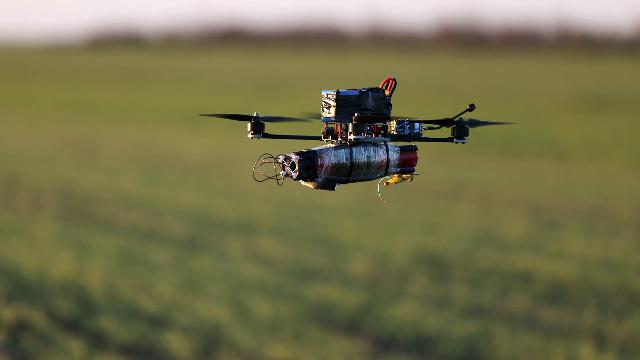What technologies will "see" the new complex and how will it simplify the work of air defense and electronic warfare systems
Russian developers have qualitatively improved the compact Lori radar by creating the LIS-A radar and optical complex based on it. Previously, the station was only able to find slow-flying targets and escort them, but the new complex has been taught to recognize the type of targets, assess their degree of danger and automatically warn operators about it. That is, the complex will not only determine the type of enemy UAV, but also prevent a false alarm if it is only a flock of large birds. The LIS-A is currently being tested at landfills. How it will help to avoid mistakes from which a person on combat duty is not immune, and why it will be in demand both in the free defense zone and beyond, is described in the Izvestia article.
How the radar became better able to "see"
The LIS-A complex appeared due to the fact that information from radar and optoelectronic detectors - the Lori radar from ELIARS and the Sigma long—range television surveillance system from DVTECH were combined in a single space.
The creation of the Lori radar, capable of finding and escorting targets moving slower than 200 km/h, was previously reported by Izvestia. As a rule, it is in this range of speeds that Ukrainian UAVs fly, which are trying to strike at the line of contact and deep into Russian territory. At that time, testing of prototypes was only planned. Today, products from the pilot batch can already be ordered from manufacturers.
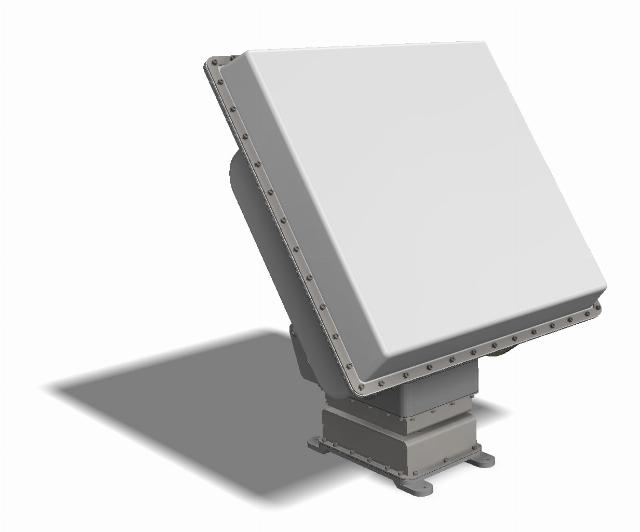
The Lori radar station
Image source: Photo: Eliars LLC Press Center
"Sigma's long—range television surveillance system complements Lori's capabilities," the chief designer of the product told Izvestia. — For example, automatic targeting of television cameras by radar targeting, target detection by video image, target type recognition, screening out falsely classified objects (flocks of birds, clouds, and so on), ranking targets by threat level, and alarm generation for external systems (air defense, electronic warfare). This simplifies the operator's work, eliminates human error, and automatics themselves will find a potentially dangerous object and give a signal.
The Sigma series ECO is usually supplied in a two—channel version - with visible and infrared cameras. This is a TV camera and a thermal imager with a variable-focal length lens.
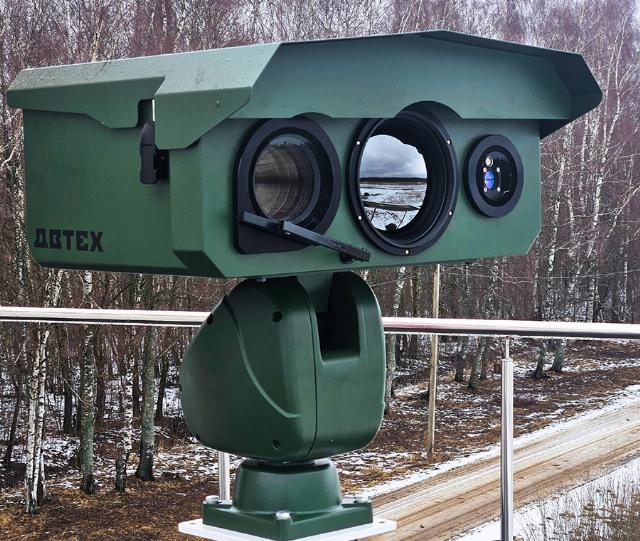
The LIS-A radar station
Image source: Photo: Eliars LLC Press Center
The LIS-A complex can recognize the target class (human, car, bird, unmanned aircraft) and its type using neural network algorithms. To install it, a flat surface with a hard surface is required, with a base diameter of at least two meters for each of the subsystems, ELIARS noted. The execution of the complex for vehicle operation is being worked out.
The companies are currently conducting tests and demonstrations at landfills.
How can development be improved?
The system will find wide application both in the zone of a special military operation and in territories outside it, said Klim Dmitriev, a veteran of the electronic warfare forces of the Russian Armed Forces. In particular, to prevent unexpected attacks on infrastructure and critical facilities.
— It is important that these complexes work in conjunction with fire support. Detection is half the trouble. But then the main thing is that a quick reaction should follow in order to destroy the object as it approaches," he told Izvestia. — It is necessary to implement the system in large quantities, it should not be a one-time story. Then "FOX-A" will be more effective. And in the future, it will be possible to make the system smaller and put it on drones using target capture algorithms to deliver specific strikes.

Interface of the LIS-A radar station
Image source: Photo: Eliars LLC Press Center
According to him, only people who will directly use and test it in real combat mode will be able to give an accurate assessment of the development. But in general, the system is necessary. The main thing is that it should also be accessible.
The appearance of such compact radars is quite a serious achievement, military expert Dmitry Kornev noted in a conversation with Izvestia.
— The system needs to be integrated into equipment that is used for surveillance, control of the situation, is equipped with combat systems and can provide information to as many consumers as possible. The ideal solution is to combine radar with a means of destruction. For example, an automatic cannon, a machine gun, a rocket launcher. In this case, the radar tracks the object, and the cannon or machine gun automatically fires at the target under radar control. This symbiosis would ensure not only the detection of objects, but also their guaranteed destruction," he explained.
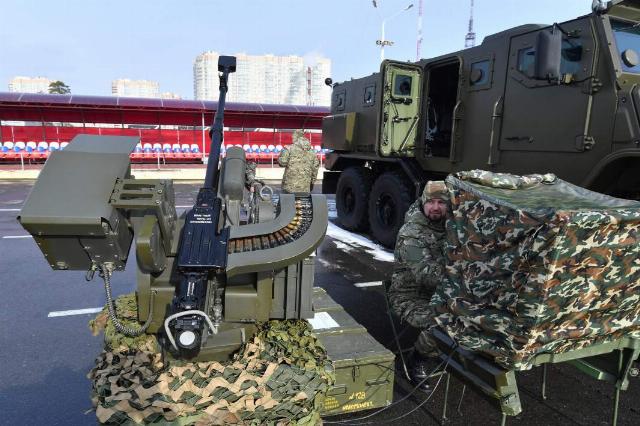
Photo: RIA Novosti/Mikhail Voskresensky
Image source: iz.ru
According to the expert, further such combined complexes can be installed on the chassis. In particular, an armored personnel carrier or an infantry fighting vehicle.
— Then our military will receive complexes that are equipped not just with machine guns and cannons, but with homing systems that can operate automatically. When there are a lot of UAVs, and everything is coming to this, then a person will not be able to cope with destroying 10-20 drones in a matter of tens of seconds. But automation will be able to, Dmitry Kornev is sure.
Radar for near-range airspace survey
Earlier, Izvestia wrote about a compact radar for detecting small drones. It is designed to review the near-range air situation and respond to current threats from aerial drones. In particular, the radar is capable of detecting medium-sized UAVs at a range of at least 7.5 km.
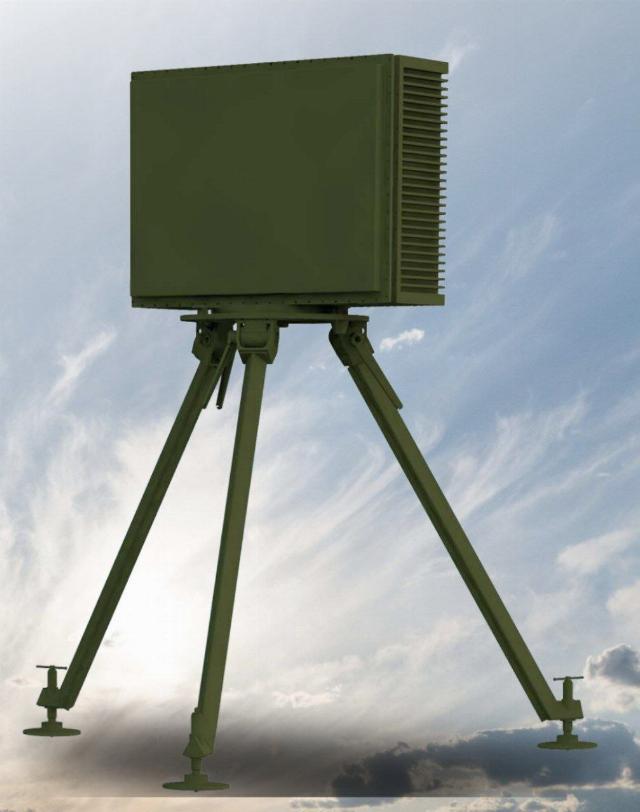
Image source: Photo: Central Design Bureau of Hardware Engineering of "High-precision complexes"
The design and compact dimensions of the station developed by the Tula Central Design Bureau of hardware engineering "High—precision Complexes" allow it to be installed on various platforms, from antenna-mast structures and building facades to mobile chassis. This makes it possible to adapt the station to different operating conditions. The radar can be easily transported on any vehicle, including cars, buggies and even ATVs.
An air space monitoring system (Air Monitoring system), including up to 24 radar stations, has been created on the basis of a radar to survey the airspace of the near zone. The radars previously developed for the SQUP weighed 115 kg each and had four times the dimensions of the new station. Izvestia wrote that the first airspace control systems are already operating in Russia, including in the zone of a special military operation.
Julia Leonova
